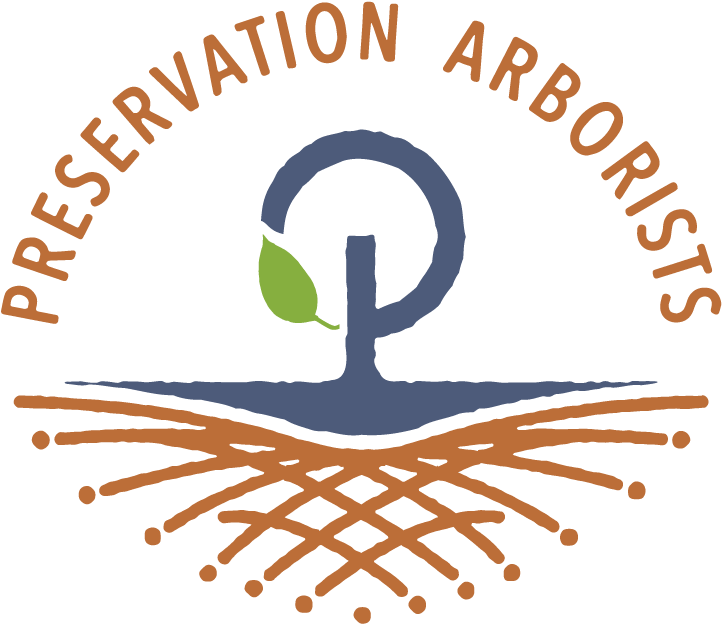Don’t buy the bagged mulch. Here’s why.
Ah spring, when your local hardware and garden stores are stocked up with those steamy bags of bagged mulch. Here are eight reasons why you shouldn’t indulge (and why you should buy mulch, unbagged, from a local source, instead).
1. Plastic. No matter what lies the industry has sold us, the last thing we need is more plastic in our lives and on our planet. Does the label say the bag is 'compostable?' But is it really compostable?
2. Carbon footprint. Where did it come from? Where was it actually made? Maybe the bag tells you, maybe not. Think of all the diesel it took to ship those pine needles from southern Georgia. Think of the pine forest soil that is missing its needles.
3. Material. Soils in the forest hold the detritus from all parts of decomposing trees. This attracts a wider biodiversity of macroinvertebrates. Bagged mulches are not the equivalent. These mulches come from sawmills, where they only mulch the bark leftovers or scrap lumber. No nitrogen or phosphorus from leaves, no sugar from twigs. Who wants to eat at a restaurant that only offers one dish?
4. Common sense.
Why would a landscape of native Appalachian trees and shrubs want a layer of pine straw harvested from a lowland Pine forest? If there aren't blankets of pine needles in your trees' natural habitat, which they've been adapting to for many millennia, it's probably not what your trees want.
5. Size. Bagged mulch pieces are often uniform in size, which is not what is found in a forest. Uniform-sized mulch decreases biodiversity. Different sized mulch pieces—often found in an unbagged, locally sourced, single-ground hardwood mulch—create different carbon releases/decomposition rates. This results in a big, long-lasting buffet for the fungi, bacteria, protists, etc. A bagged mulch with smaller pieces, like double or triple ground, can also inhibit gas exchanges to soil and roots as it creates a thick interconnected mat of un-decomposed particles over time. Another disadvantage to finer mulch sizes is they can attract a more bacterial-based microbiome, when what your trees deeply desire is a fungally-based one!
6. Gross dyes. Sometimes bagged mulches are dyed black, red, brown. It may look appealing but not to the organisms that matter! Dyes contain fungicides to resist fungal breakdown, so the color will last longer. But what do all plants need? Fungus! Dyed mulch will inhibit a healthy soil system from accessing carbon, which is ironic because the whole point of mulching is to add carbon to your landscape.
Ugh, no. Don’t. Just dont.
7. Excess. Do your plants even need to be mulched this year? Mulch layers thicker than 4" will inhibit the gas exchange of roots and soil. If you're trying to suppress weed growth, ask yourself: If it's bad for one plant (a weed), why would it be good for another plant (a tree)? Keeping your leaves on your property will help break down the mulch and make it available to your plants. But if your mulch is still un-decomposed from last year, adding a new, fresh layer will be detrimental to your plants.
Consider mulching every two or three years, and resist (resist, resist!) removing leaves from your property! And when a dead branch falls in the mulch bed, try not to rush over to pick it up. Take another sip of your drink on your porch and appreciate that your plants are replenishing their soils in their own way.
8. Community. Maybe someone on your street has a truck and can pick up mulch for all? Start a conversation with a neighbor about getting mulch from a local source. (And don't forget to ask that local source where their mulch comes from. What do they do about invasive seeds? You might want to keep an eye on what grows out of the mulch bed if they give you a blank stare after asking that question.) There might be enough interest in your community to have a proper dump truck deliver mulch. Better yet, flag down a tree service with a full load of chips. That is scientifically proven to be the best mulch. (But don't call us, we love you, but we use all the chips we produce in our preservation projects).

